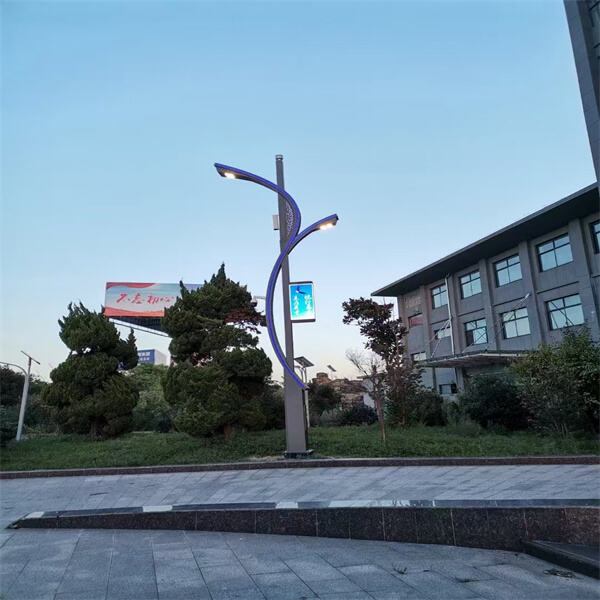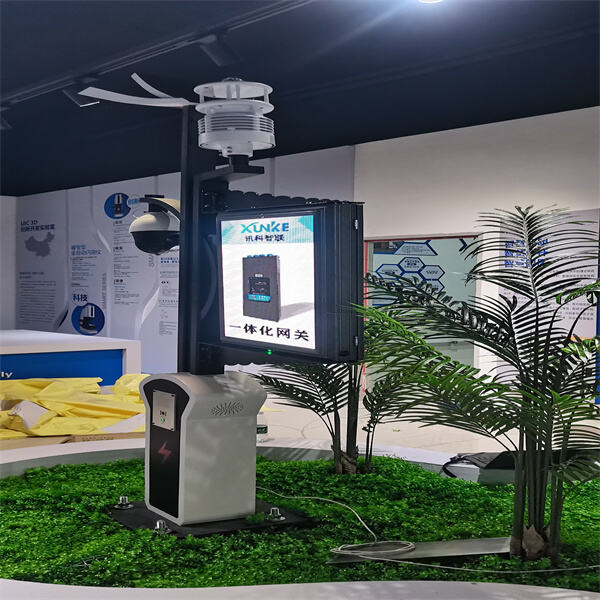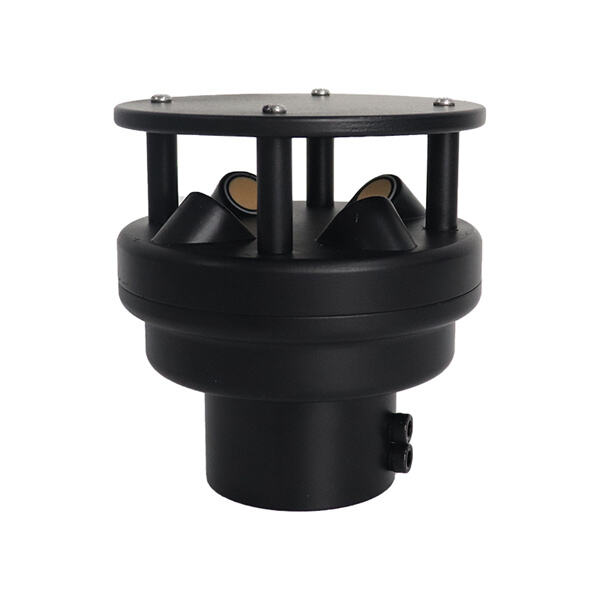The sensing equipment of weather stations are very crucial for an accurate weather forecast. These sensors gather a wealth of data about the weather, including temperature, humidity, air pressure, wind speed and wind direction. This data is forwarded to a weather station, where it is processed, double- and triple-checked by meteorologists, who are scientists who study the weather. Having this information allows weather predictors to get a better idea of what the future forecast will look like Tunnel Environment
When weather station sensors go awry, weather forecasts can become very wrong. This is just one reason why accurate weather data is critically important. If those sensors are not configured properly, they can provide misleading data which result in inaccurate predictions. This could be a major issue to individuals

Sensors found at most weather stations typically utilize specialized equipment to track the amount of rainfall and humidity in the air. Rain sensors have a tipping bucket that captures the rain as it falls. Every time the bucket tips, it sends a signal to the weather station to count how much rain has fallen at once. This helps us know how much rain is in our area.

Calibrating sensors (This is a very important step to have reliable data!) Calibration is correcting the data from the sensor to make sure it is accurate. In addition, sensors that are not properly calibrated can provide inaccurate data, resulting in incorrect weather forecasts. There is a reason why instruments are carefully calibrated by scientists.

We can also learn more about local weather patterns using sensors at weather stations. You can set sensors in a location and by collecting data from different sensors, create a poll to use in the weather prediction models Soloar-Photovoltaic Power Station

Copyright © Handan Yantai Import and Export Co., Ltd All Rights Reserved - Privacy Policy